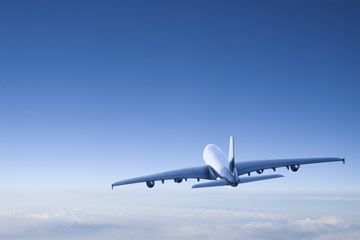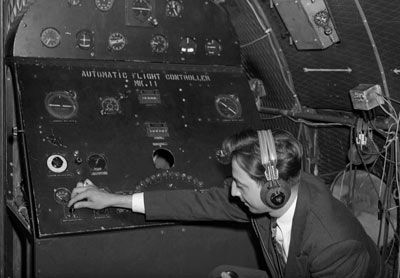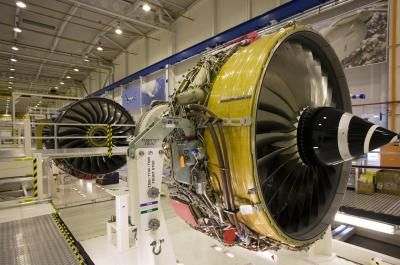Key Takeaways
- Airplanes may need to dump fuel before landing to reduce weight in emergencies or due to maintenance issues.
- Not all aircraft are equipped with fuel-dumping systems; typically, only larger, wide-body planes have this capability, as required by the FAA.
- Most dumped fuel evaporates before reaching the ground, especially when released at higher altitudes and in warmer conditions, making fuel-dumping a safe but rarely needed procedure.
As concerns grow about limited resources and rising costs of oil, it seems bizarre that airplane pilots would ever intentionally eject their fuel. What's even more amazing is that they do it in the air during flight. Why is it considered permissible, let alone smart? It seems that it would be too dangerous to release fuel lest it cause a fire in the aircraft. And should we pull out our umbrellas when a plane goes over, just in case it starts raining gasoline?
Although it sounds alarming, a fuel dump (officially known as fuel jettison) is a safe procedure -- and done for good reasons. And it's not as wasteful as it seems, either. Airlines find that fuel dumping can actually be cheaper than not dumping in certain circumstances. But it's not something pilots do on a routine basis. We spoke with Alison Duquette, spokesperson for the Federal Aviation Administration (FAA), who assured us that it doesn't happen very often.
Advertisement
It all comes down to the fact that certain planes are designed to be significantly lighter when landing than when taking off -- in some cases more than 200,000 pounds (90,909.1 kilograms) lighter [source: Boeing]. This may sound backwards; one might think that taking off at a heavy weight would necessarily be harder than landing with that same weight. But landing can put more stress on a plane. When a plane lands heavy, it's very easy to hit the ground too hard and cause damage to the aircraft.
This problem usually takes care of itself, however. During takeoff for a long flight, a large commercial plane can be carrying tens of thousands of gallons of fuel, which (at about 6.7 pounds per gallon) can translate to hundreds of thousands of pounds of fuel [source: Conte]. But, during the long flight, the plane will of course use and burn off the fuel, shedding those pounds along the way. The manufacturers consider this in their design of an aircraft, so by the time a plane reaches its destination, it'll be light enough to land safely.
Sometimes, however, in an emergency situation, a plane might be forced to land earlier than expected. And that's when fuel dumping comes in.
Advertisement



